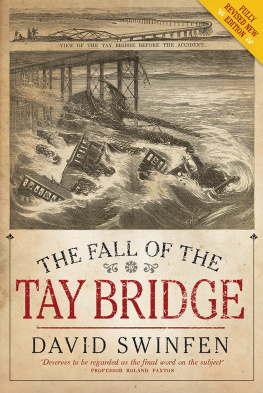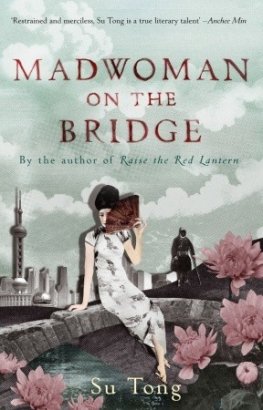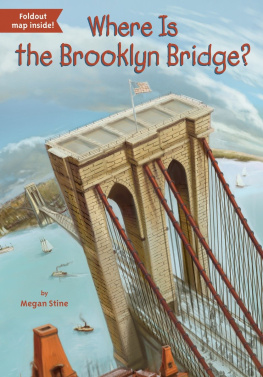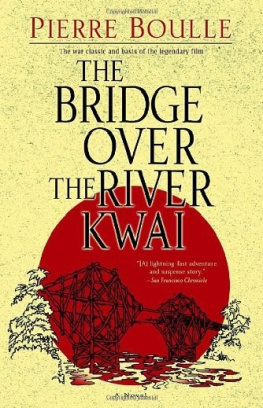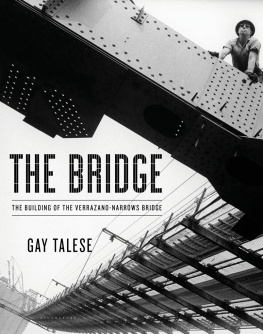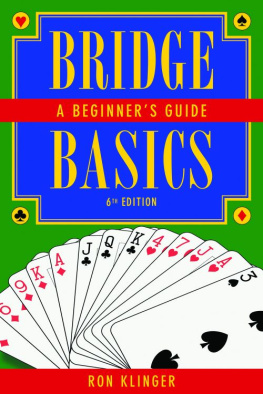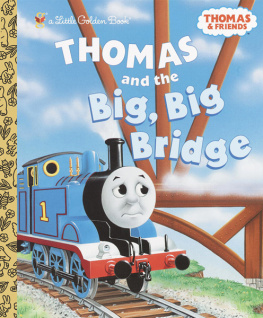THE FALL OF THE TAY BRIDGE
First published in 1994 by Mercat Press
This second edition published in 2016 by
Birlinn Limited
West Newington House
10 Newington Road
Edinburgh
EH9 1QS
www.birlinn.co.uk
Copyright David Swinfen 1994, 2016
The moral right of David Swinfen to be identified as the author of this work has been asserted by him in accordance with the Copyright, Designs and Patents Act 1988.
All rights reserved. No part of this publication may be reproduced, stored or transmitted in any form without the express written permission of the publisher.
ISBN: 978 1 78027 357 0
eISBN: 978 0 85790 341 9
British Library Cataloguing-in-Publication Data
A catalogue record for this book is available from the British Library
Typeset in ITC Galliard at Birlinn
Printed and bound by
TJ International, Cornwall
CONTENTS

ILLUSTRATIONS

To the memory of William M. Dow, a lifelong Tay Bridge enthusiast
ACKNOWLEDGEMENTS

Historians and historical research are nothing without source material, and that means libraries, especially archival collections. I am extremely grateful to the staffs of the Dundee City Library, the Archives Department of Dundee University, Dundee City Archives, the National Archives of Scotland and the National Library of Scotland. For their expert advice on technical aspects of the Tay Bridge story I have relied heavily on Tom Martin, Professor Iain Macleod of Strathclyde University and Professor Roland Paxton of Heriot-Watt. Professor Paxton also kindly agreed to write the Foreword to this edition.
I should also like to thank my fellow Trustees in the Tay Rail Bridge Disaster Memorial Trust, in particular Murray Nicoll and Ian Nimmo White, for their advice and support, and my editor at Birlinn, Tom Johnstone. It was Tom who saw the first edition of the book through to publication, and now has had to do it all over again.
As always I owe a great debt to my wife Ann, whose dedication to her own work as an historical novelist is a constant inspiration.
FOREWORD

This is an important book because Professor Swinfen, for the first time in a popular text, highlights the findings of Tom Martin and Professor Iain Macleod based on their comprehensive structural assessment published in the Proceedings of the Institution of Civil Engineers in 1995 and 2004. Most previous books on the subject have promoted the hypothesis that collapse occurred not primarily from the inherent weakness of the structure to extreme wind force, but from damage caused by the derailed train, or, uncharacteristically for cast iron, fatigue.
When writing history it is important to seek after truth. In a technical context, such as the reason why the Tay Bridge fell, this is best done from an understanding of material properties and the forces at play in its parts under various loading conditions. Previous writers on the Tay Bridge disaster tended not to address these issues in a comprehensive way. Fortunately for public understanding, Professor Swinfen avoids this pitfall and arrives at what deserves to be regarded as the final word in this subject.
Professor Roland Paxton, MBE, FICE, FRSE
Heriot-Watt University
ABOUT THE AUTHOR

David Swinfen was born in Kirkcaldy, Fife, and has lived in Scotland for most of his life more than half of it within a short distance from the Tay Bridge. He was educated at Kirkcaldy High School and Fettes College, Edinburgh, and served as a platoon commander in a Scottish regiment during the Malayan Emergency, before taking up a scholarship at Hertford College, Oxford, to read Modern History. After graduating with an Honours degree, he embarked on postgraduate study in Imperial history, and was awarded the Beit Prize and Beit Studentship in that subject, gaining a D.Phil degree in 1965.
Employed initially as an Assistant in Modern History at Queens College, Dundee (later the University of Dundee), he served at various times as Director of American Studies, Head of Modern History, and Dean of the Faculty of Arts and Social Sciences. In 1990 he was appointed to a personal Chair in Commonwealth History, and subsequently to be Vice Principal of the University, a post he held for some ten years before retiring in 2002. Since then he has worked in Sri Lanka for the British Council, and as a Trustee of various Scottish charities. He is currently the chairman of the Tay Rail Bridge Disaster Memorial Trust.
Swinfens publications include books and articles on Imperial and Commonwealth history, American history, and Scottish history, his most recent being the biography of James Wellwood Moncreiff, a leading nineteenth-century advocate, politician and judge of the Court of Session. He is a Fellow of the Royal Historical Society and the Royal Society of Arts. He lives in Broughty Ferry with his wife Ann, the historical novelist.
INTRODUCTION
to the Revised Edition

The writing of history seldom stands still. Since the first edition of The Fall of the Tay Bridge came out in 1994, several more books and articles have been published about the Tay Bridge Disaster, leading to the need to update the original book in two areas in particular. Over the years much attention has been given to the central question of causation precisely why did the bridge fall? This new edition surveys the substantial literature on this issue, before coming to its own hopefully authoritative conclusion. Then there is the equally debatable matter of the number of victims. Most recently this question has been explored by members of the Tay Valley Family History Society, and their conclusions written literally in stone, in the form of granite-panelled memorials to the victims. These memorials were erected on both sides of the Tay by the Tay Rail Bridge Disaster Memorial Trust on 28 December, 2013 the 134th anniversary of the disaster.
At the same time the opportunity has been taken to add substantially to the number of illustrations, many of which have not been published before.
CHAPTER 1
THE BRIDGE IS DOWN

A t about a quarter past seven on the evening of Sunday 28 December 1879, in one of the worst storms in years, the thirteen central spans the high girders of the rail bridge over the Tay between Wormit and Dundee fell into the river, carrying with them the 5.20 train from Burntisland and all the passengers and crew. There were no survivors.
THE STORM GETS UP
Throughout Scotland that weekend south-westerly winds had raged across the country, causing widespread damage, especially to shipping. The Glasgow steamer Norseman was washed up on the shore near Portpatrick with no sign of its crew of ten. In the Gairloch, the schooner Banshee went down and two other vessels ran aground. On the east coast a number of ships got into difficulties battling against the wind in the Firth of Forth. The schooner

